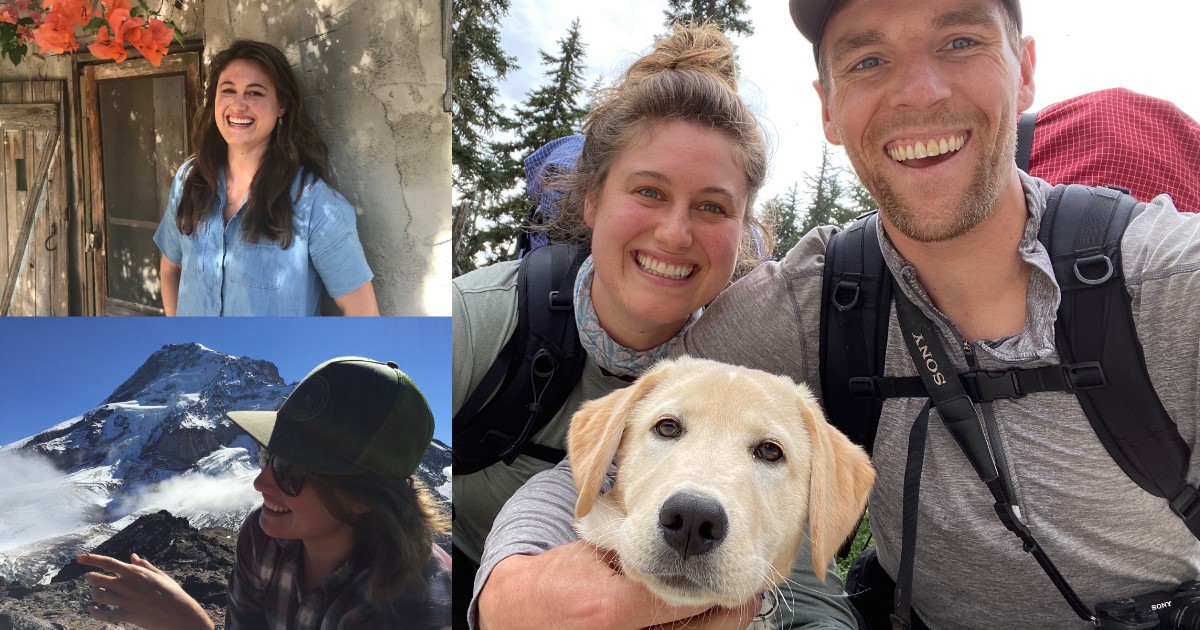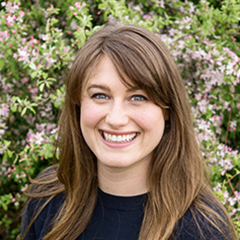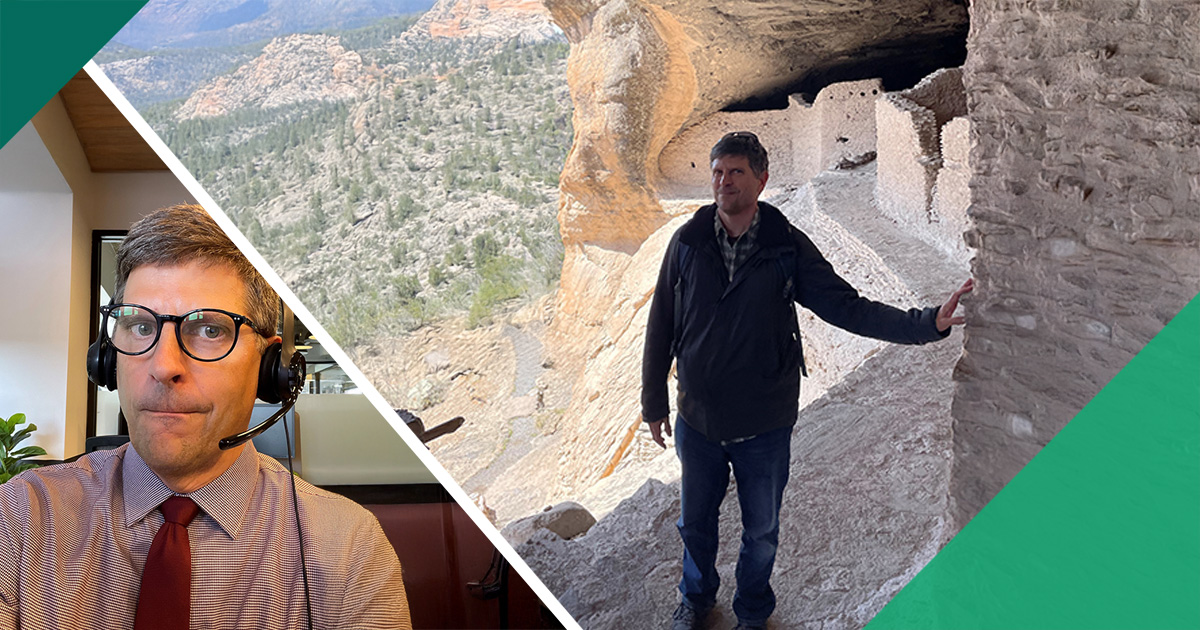Growing up, I loved school. I spent recess making fairy homes and bug hotels, and my teachers instilled in me a love of creative writing, art, science, and even opera! My school experience helped foster my creativity, love of the outdoors, and emotional resilience. That’s part of what drives my work and why I’m dedicated to creating safe and supportive spaces for all kids to grow.
At Mathematica, I’m attracted to projects that bring communities, education partners, and public health organizations together to consider what structures can be improved to create greater impacts. I realized how much I like looking at things from this “40,000-foot” systems view after getting my undergraduate degree. I moved from the East Coast back home to the Pacific Northwest, and worked as a preschool teacher, emergency medical technician (EMT), and yoga teacher—all at the same time! I loved teaching but often felt discouraged as an EMT, because so much of what I saw was preventable. I was seeing the social determinants of health firsthand and decided I needed to focus further upstream. I didn’t want to focus on catching people at the bottom as their last resort. I pursued a master’s degree in community-oriented public health and since then, I’ve worked to build connections between education and public health.
Before joining Mathematica, I worked for three education entities in Washington State. My work centered around training, technical assistance, and support for social-emotional wellness and health, including positive school discipline practices, restorative practices, drug and alcohol prevention, violence prevention and intervention, wraparound services, and multitiered systems of support. One of my roles included supporting threat assessment work, addressing urgent student needs and behaviors when violence was a concern. I often had teachers come to me in a panic about a student because they didn’t feel like they had many options to support their student. It was beautiful to be able to bring the teacher together with the student’s family, school counselors, social workers, and other community-based providers to create a support plan. One thing I learned from that experience is that educators really do come from a place of love. They love their schools and kids and always want to do the best they can for their students, but they have a very hard job, and they need to feel supported. A lot of our attention is on student mental health, but it’s the providers—school psychologists, school social workers, educators—that must hold space for the students, and we can’t forget about them.
As schools move toward more holistic models of support—away from discipline and shame-based responses to behavior—it’s important to think of the needs of the whole school community, including students, families, and staff. Finding ways to make that easier for schools is important to me. Part of my work for the Regional Educational Laboratory Mid-Atlantic involves helping a state education system understand how to support those working at the local level and in schools to create more supportive learning environments and improve social-emotional wellness for students and staff. It’s been absolutely inspiring to meet with people at the state and regional levels and see how fervently they fight for their communities. Community context really matters, and this is just one reason equity and intersectionality are so important. We can decide what’s best for a state when we bridge the individual and collective community needs.
I do most of my work at the systems level, but even while working big-picture I try to keep the people in the systems front and center. I often say that I like the forest because I appreciate the trees. I keep educators and health workers front of mind and assume that they, and the people who are using a service or program, know more about it than me. I’ll never be able to understand every individual puzzle piece needed to create a healthy community, but if I bring more of its pieces to the table, I can get a more complete picture.
I recently worked with the National Association of School Nurses on elevating the role of school nurses in mental and behavioral health. We hosted listening sessions with active school nurses and people who work at national organizations. By bringing them together, we discovered overlapping themes that informed recommendations. Going into this work, we already knew that school nurses are invested in students’ mental health and well-being, and that they’re often the first to triage high needs for students. We also knew that schools have mental health teams or existing mechanisms to create service plans for students. We found that school nurses weren’t always included on those teams. One of our big “aha” moments came when we realized that school nurses don’t necessarily have to change their role, they just need to be better incorporated into the school systems already in place. The resulting recommendations, and how they were framed, are stronger because they’re based on what the nurses working in schools, and those at the higher systems level, agreed on.
We do the work we do because we care about the people around us. But we also can’t forget to care for ourselves. I don’t teach yoga anymore, but I still practice regularly. I started painting during the pandemic, and I’ve discovered that I love expressing myself through art. I’m a visual thinker, teacher, and learner, so it makes sense that I’d find comfort in using a visual medium to expressing myself—I’m surprised it took me so long to try it out! Being outdoors is also what heals me. I make sure to get outside often to hike, kayak, or just smell the trees. I’ve recently started working with acrylics so that I can do some plein air painting (painting outside) in the mountains. Prioritizing my own well-being helps me be intentional and present when working with partners and communities to improve public health and education outcomes.



